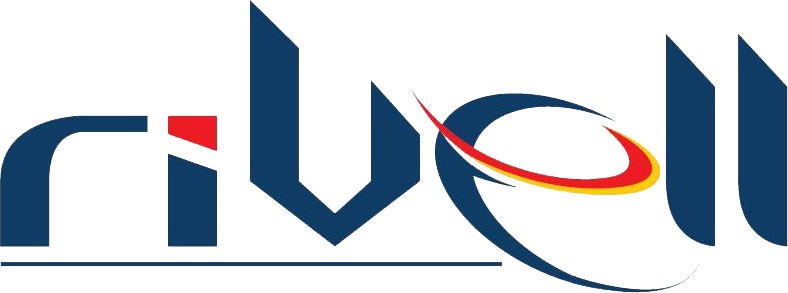In today’s rapidly evolving digital landscape, businesses face increasing pressure to maintain robust IT infrastructures that support growth, innovation, and security. While some organizations opt for fully managed IT services, others choose a hybrid approach known as co-managed IT services. This model allows businesses to collaborate with external IT providers, leveraging their expertise while retaining control over certain aspects of their IT operations.
What Are Co-Managed IT Services?
Co-managed IT services involve a partnership between a business’s internal IT team and an external managed service provider (MSP). In this collaborative model, the internal team continues to handle day-to-day IT tasks, while the MSP offers specialized support, fills skill gaps, and assists with complex projects. This arrangement enables businesses to enhance their IT capabilities without the need to expand their in-house team significantly.
Key Benefits of Co-Managed IT Services
1. Scalability and Flexibility
Co-managed IT services provide businesses with the flexibility to scale their IT resources according to demand. Whether it’s during periods of rapid growth or handling seasonal fluctuations, this model allows companies to adjust their IT support without the long-term commitment of hiring additional full-time staff.
2. Access to Specialized Expertise
Partnering with an MSP grants businesses access to a broader range of specialized skills and knowledge. This is particularly beneficial for handling complex IT challenges, such as cybersecurity threats, cloud migrations, or compliance requirements, where in-house expertise may be limited.
3. Cost Efficiency
Maintaining a comprehensive in-house IT department can be costly. Co-managed IT services offer a cost-effective solution by supplementing existing staff with external expertise, reducing the need for extensive hiring and training. This approach allows businesses to allocate resources more efficiently while ensuring high-quality IT support.
4. Enhanced Security and Compliance
With the increasing prevalence of cyber threats and stringent regulatory requirements, businesses must prioritize security and compliance. Co-managed IT services provide continuous monitoring, proactive threat detection, and assistance with compliance audits, helping businesses safeguard sensitive data and meet industry standards.
5. Improved Operational Efficiency
By sharing IT responsibilities, businesses can streamline their operations. The internal team can focus on strategic initiatives, while the MSP handles routine maintenance, system updates, and troubleshooting. This division of labor enhances overall productivity and reduces downtime, ensuring that IT systems run smoothly.
Implementing Co-Managed IT Services
To successfully integrate co-managed IT services, businesses should consider the following steps:
- Assess Internal IT Capabilities: Evaluate the strengths and weaknesses of the current IT team to identify areas where external support is needed.
- Define Roles and Responsibilities: Clearly outline the tasks and responsibilities of both the internal team and the MSP to avoid overlaps and ensure efficient collaboration.
- Select a Reliable MSP: Choose a managed service provider with a proven track record, relevant expertise, and a commitment to aligning with the business’s goals and culture.
- Establish Communication Protocols: Set up regular communication channels and reporting mechanisms to monitor performance, address issues promptly, and make informed decisions.
- Monitor and Adjust the Partnership: Continuously assess the effectiveness of the co-managed IT arrangement and make adjustments as necessary to optimize outcomes.
Real-World Applications of Co-Managed IT Services
Various industries have successfully implemented co-managed IT services to enhance their operations:
- Healthcare: Medical facilities utilize co-managed IT services to maintain electronic health records (EHR) systems, ensure HIPAA compliance, and manage patient data securely.
- Finance: Financial institutions leverage co-managed IT services to protect sensitive financial data, comply with regulations, and manage complex IT infrastructures.
- Manufacturing: Manufacturers adopt co-managed IT services to integrate IoT devices, streamline supply chain management, and maintain production systems efficiently.
- Education: Educational institutions employ co-managed IT services to support online learning platforms, manage student data, and ensure network security.
FAQs About Co-Managed IT Services
Q1: How do co-managed IT services differ from fully managed IT services?
A1: Co-managed IT services involve a partnership between internal IT teams and external providers, allowing businesses to retain control over certain IT functions. In contrast, fully managed IT services outsource all IT responsibilities to an external provider.
Q2: Can small businesses benefit from co-managed IT services?
A2: Yes, co-managed IT services are scalable and can be tailored to meet the specific needs of small businesses, providing them with access to specialized expertise without the cost of a full-time IT department.
Q3: What industries can benefit from co-managed IT services?
A3: Industries such as healthcare, finance, manufacturing, and education can benefit from co-managed IT services by enhancing security, compliance, and operational efficiency.
Q4: How do businesses ensure a successful co-managed IT partnership?
A4: Success in co-managed IT partnerships is achieved through clear communication, defined roles and responsibilities, and regular performance assessments to ensure alignment with business objectives.











